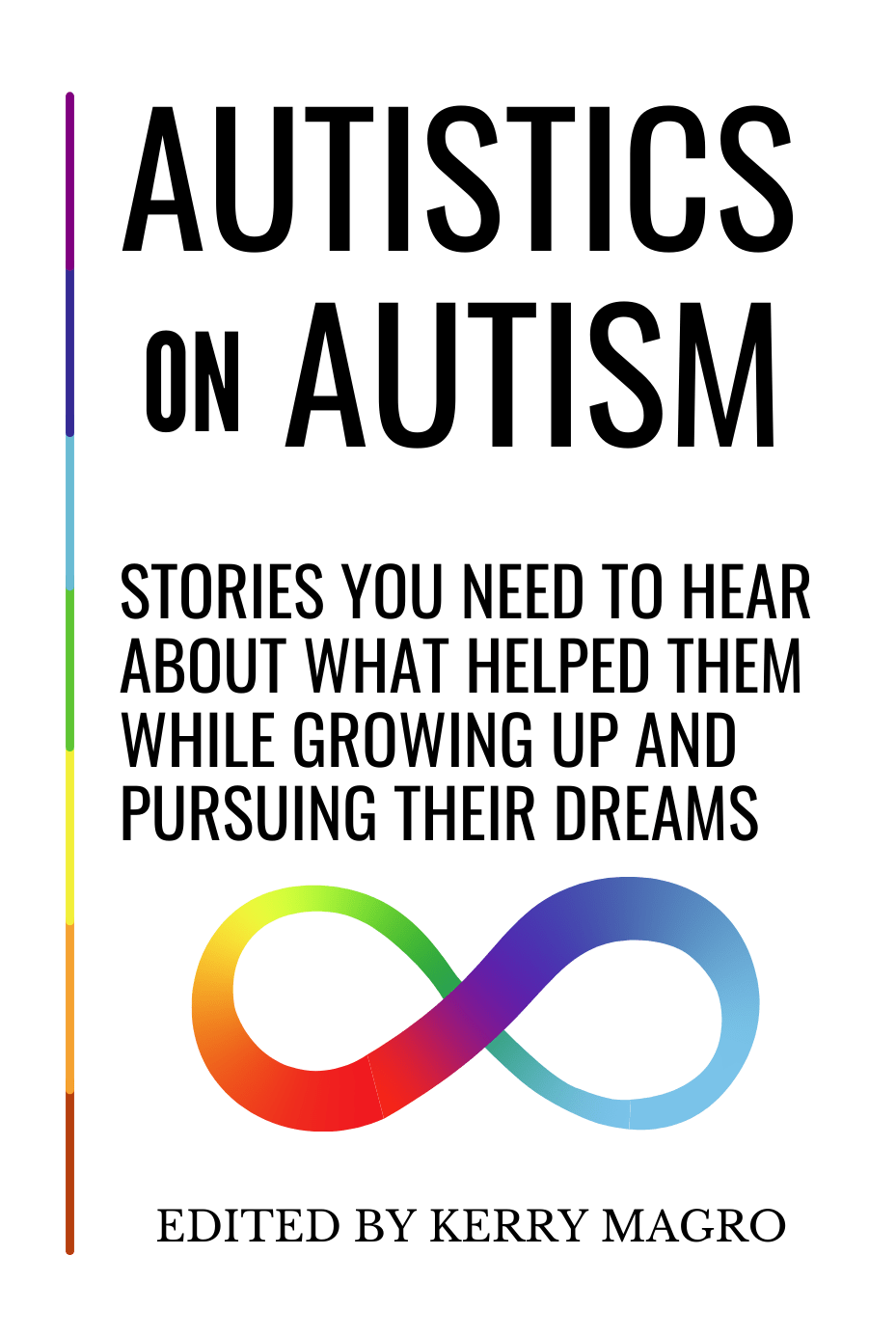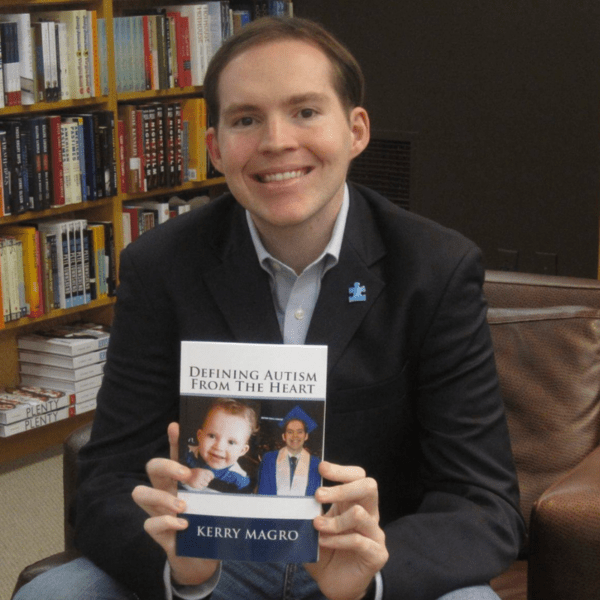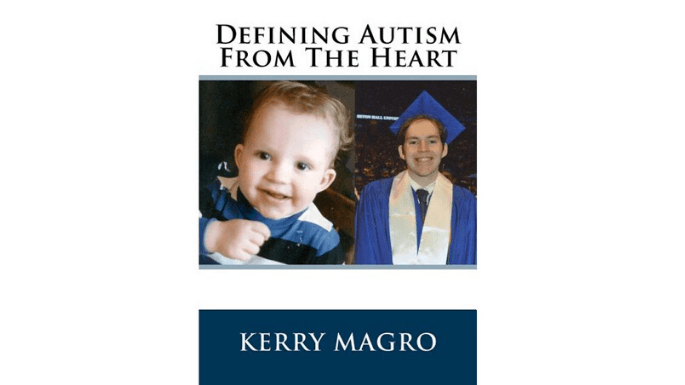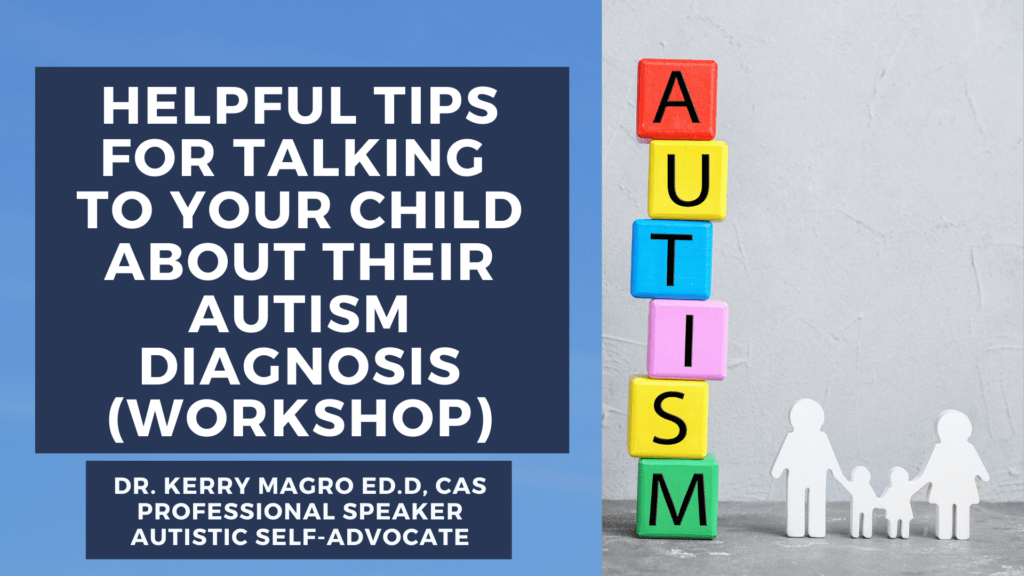Oh vey, if it only were that easy.
Has anyone made a comment when you were trying to feed your child and said, “Oh, don’t worry so much. They’ll eat when they’re hungry?”
I can relate to this all too well.
Growing up, I was obsessed with bologna sandwiches. Nothing else would compare to the positive feeling I’d get whenever I’d be presented with another bologna sandwich. It wouldn’t matter if it was breakfast, lunch or dinner. That easily became one of my norms around the time I was diagnosed with autism at 4. This is a common characteristic for many on the spectrum.
It was challenging for me, as it is for many children, to understand I wanted food when I felt hungry. Other children sometimes will want to eat but don’t know when they will be full. These challenges can make for a difficult time trying to get several meals in during one day. For me, trying something other than that precious bologna sandwich would make me lose my appetite completely.
And then there are the sensory issues! People have to remember that children with autism often have sensory issues, and eating involves all five senses (touch, sight, taste, smell and sound). We truly went through the gauntlet early on for a solution when there wasn’t a true blueprint in place for feeding me. My parents tried transitioning me to other foods by including smaller amounts of foods I like, such as bologna, when they did. While this didn’t always work, more options presented to me would help me find more foods I enjoyed later down the line. They also helped me set up times during the day to have each meal to help me with structure.
Although I can truly say my experience may vary compared to the next person with autism you meet, researchers have estimated that over half of all children with an autism spectrum disorder have some sort of challenge with food. Today as an autistic adult I’ve overcome many of my food aversions and now try a variety of foods. I often took about my early strugglies though as an autistic professional speaker when I get to asked to speak with schools or companies around the country.
My advice for those parents out there today who have a challenge like this…
- Embrace condiments! It brings food back to a place of normalcy.
- Look for any underlying food allergies or GI issues. It may not be because an autistic child doesn’t want to eat but that they can’t eat.
- Consider token systems to help build self-motivation in your autistic child trying new foods. My parents did this for me. Reward systems helped so much.
- Talk to your autistic child’s physician about potential multivitamins to make sure they are getting a healthy balance of iron, b12, etc.
After that, like my parents did for me, find what your child loves to eat, try to set up a schedule each day to set that structure and understand that each one of these children will have different needs, so creating a new blueprint may be necessary.
Today, I love a variety of foods, and I hope one day your child can do the same.
Bon Appetit!
March is National Nutrition Month.
Follow my journey on Facebook, my Facebook Fan Page, Tiktok, Youtube & Instagram,
My name is Kerry Magro, a professional speaker and best-selling author who is also on the autism spectrum. I started the nonprofit KFM Making a Difference in 2011 to help students with autism receive scholarship aid to pursue post-secondary education. Help support me so I can continue to help students with autism go to college by making a tax-deductible donation to our nonprofit here.
Autistics on Autism: Stories You Need to Hear About What Helped Them While Growing Up and Pursuing Their Dreams was released on March 29, 2022 on Amazon here for our community to enjoy featuring the stories of 100 autistic adults. 100% of the proceeds from this book will go back to our nonprofit to support initiatives like our autism scholarship program. In addition, this autistic adult’s essay you just read will be featured in a future volume of this book as we plan on making this into a series of books on autistic adults.















